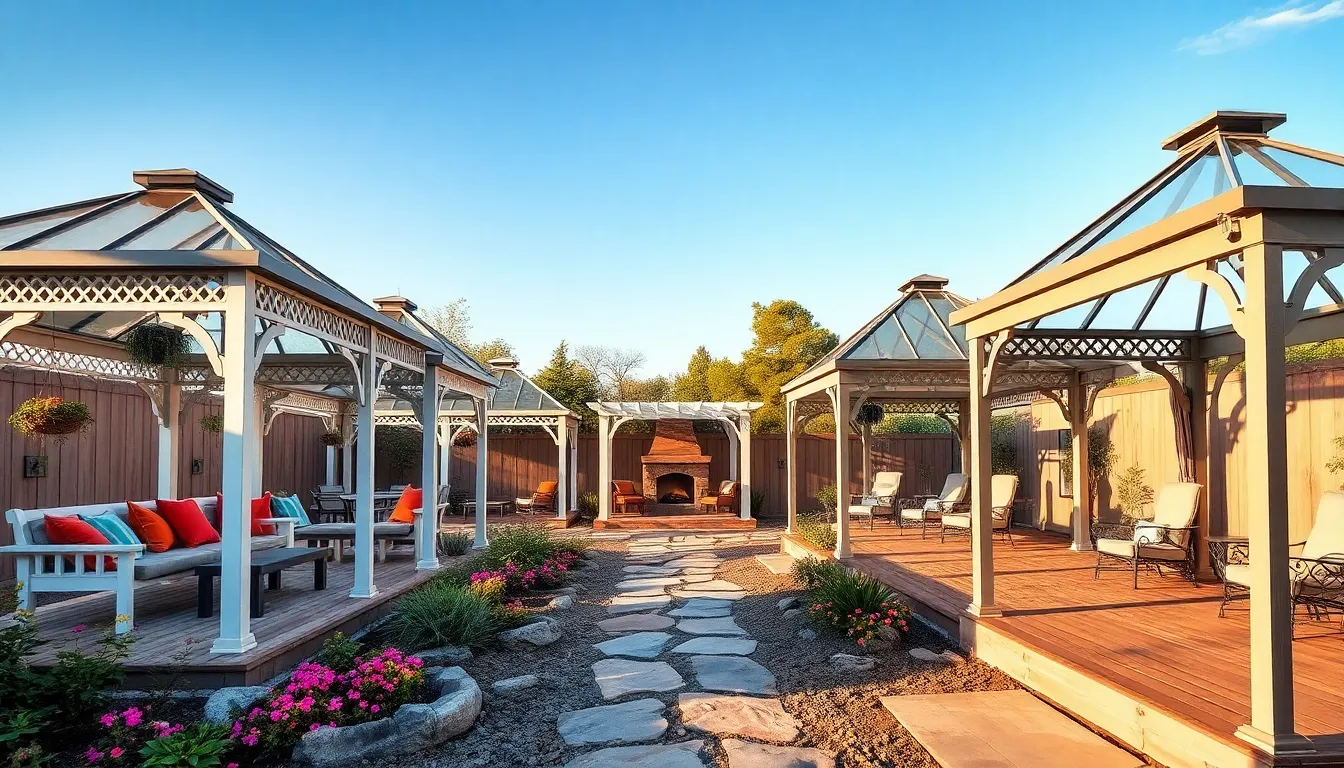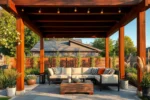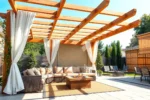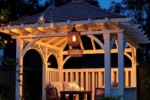Transforming a backyard into a personal retreat starts with thoughtful design, and a well-crafted gazebo can be the centerpiece that brings charm and function together. Whether you’re just beginning to explore outdoor living or refining your garden’s look, understanding different gazebo styles helps you create a space that feels both inviting and uniquely yours.
In this article, you’ll discover 12 inspiring gazebo designs tailored to a variety of tastes and budgets, complete with practical tips to make installation and upkeep manageable. From classic to contemporary, these ideas will empower you to enhance your outdoor living area with confidence and ease.
Classic Wooden Gazebo Designs
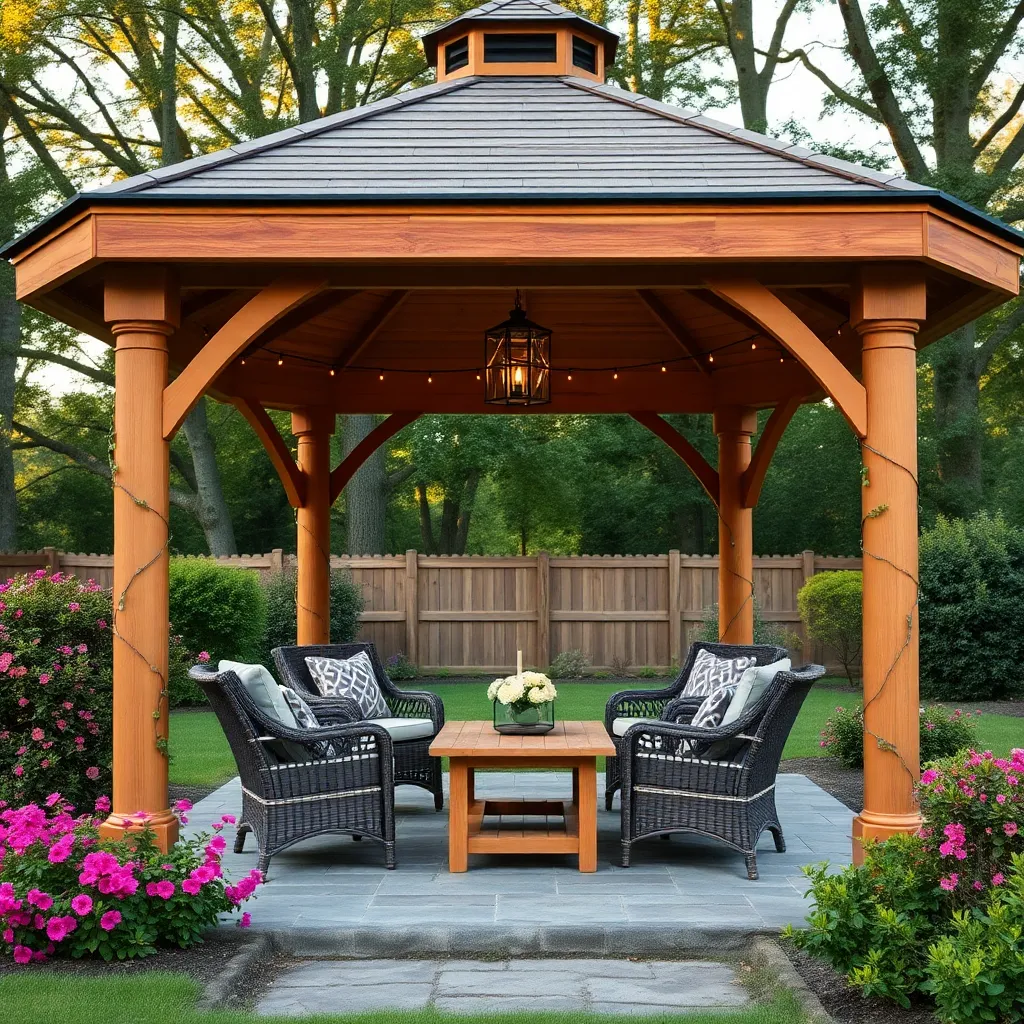
Classic wooden gazebos bring timeless elegance to any backyard and are best constructed using durable, weather-resistant woods like cedar or redwood. For beginners, focus on a simple octagonal or rectangular frame with sturdy posts spaced about 6 to 8 feet apart, ensuring stability and enough shade coverage. Incorporating a shingled or metal roof with proper sealing protects the structure from the elements, while decorative elements like lattice panels or built-in seating add charm and functionality.
To enhance your wooden gazebo’s durability and style, apply a high-quality outdoor sealant or stain every couple of years to prevent moisture damage and wood decay. Advanced builders can integrate features such as retractable screens for insect protection or solar-powered lighting for evening use, making the space both practical and inviting. Remember to plan for a solid, level foundation—such as concrete footings or pavers—to maintain structural integrity over time.
Modern Metal Frame Gazebos
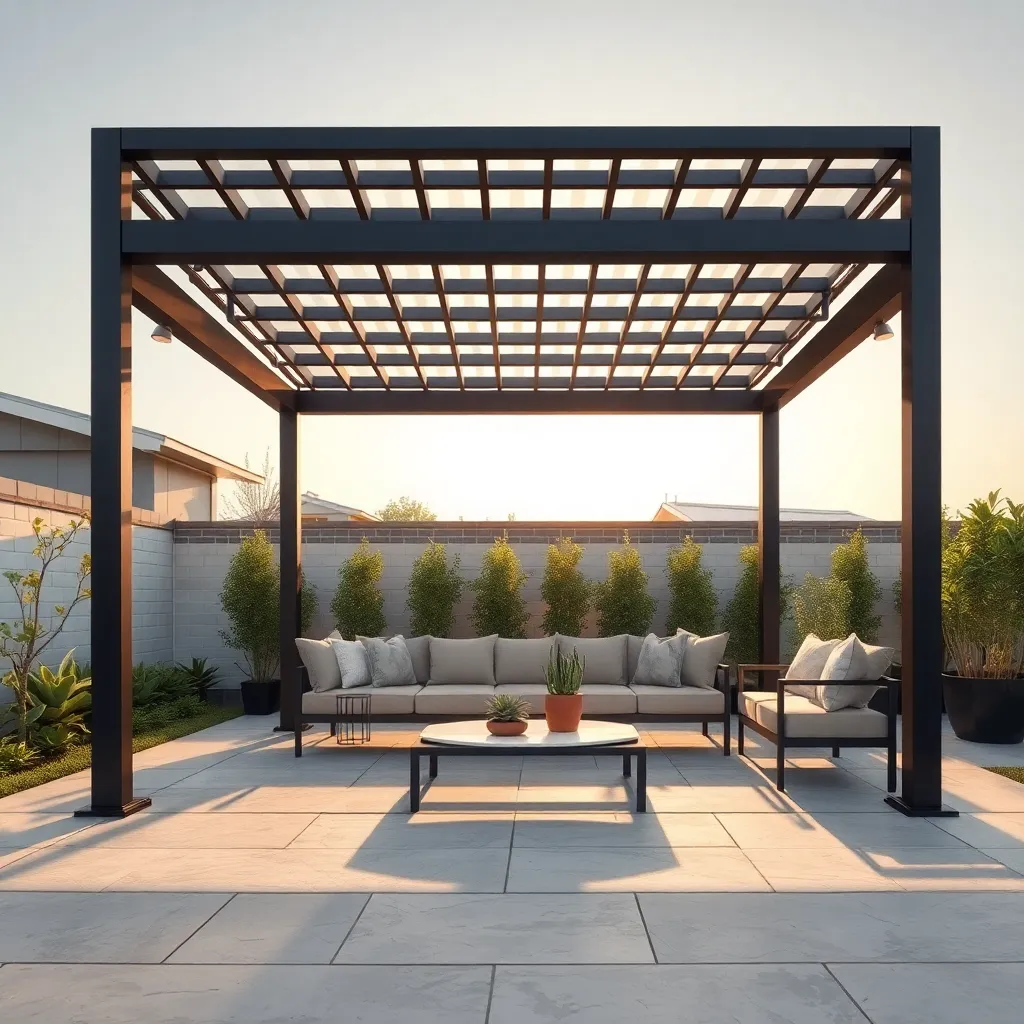
Modern metal frame gazebos offer a sleek, durable alternative to traditional wood, perfect for homeowners seeking low-maintenance outdoor shelters. Choose powder-coated aluminum or steel frames for enhanced rust resistance and structural strength, ensuring your gazebo withstands diverse weather conditions. When planning, consider a size between 10×10 to 12×16 feet to comfortably accommodate seating and dining areas, and opt for a flat or slightly angled roof design to maintain the contemporary aesthetic while allowing efficient water runoff.
For a polished look and added functionality, incorporate tempered glass or polycarbonate roof panels that provide protection from sun and rain without sacrificing natural light. To elevate your gazebo’s usability, install adjustable side curtains or retractable screens, which help control shade and privacy. Advanced builders can enhance stability by anchoring the structure to a poured concrete slab or secure footings, ensuring safety and longevity, especially in windy environments.
Rustic Cedar Gazebo Ideas
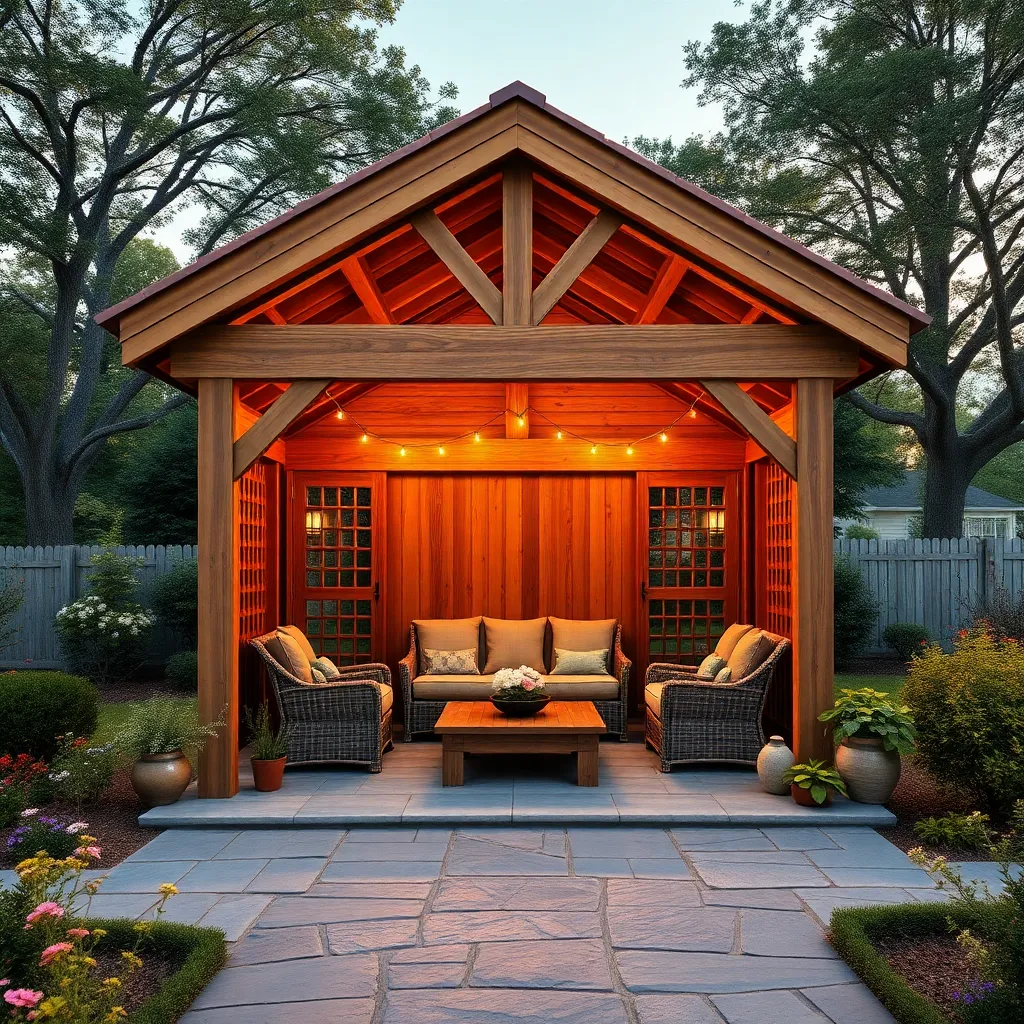
Rustic cedar gazebos offer a warm, natural charm that blends seamlessly into any backyard landscape. When building or choosing one, prioritize cedar wood for its natural resistance to decay and insects, ensuring longevity and low maintenance. Consider open lattice sides or simple wooden railings to enhance airflow while maintaining a cozy feel, and aim for a footprint around 10 to 12 feet in diameter to comfortably accommodate seating without overwhelming your space.
To elevate your rustic gazebo, incorporate natural stone or flagstone flooring for a durable, earth-friendly base that complements cedar’s warm tones. For advanced customization, add built-in cedar benches or hooks for hanging lanterns and planters, which boost both functionality and ambiance. Remember to treat the wood annually with a clear, weather-resistant sealant to preserve its rich color and structural integrity over time.
Elegant Victorian-Style Gazebos
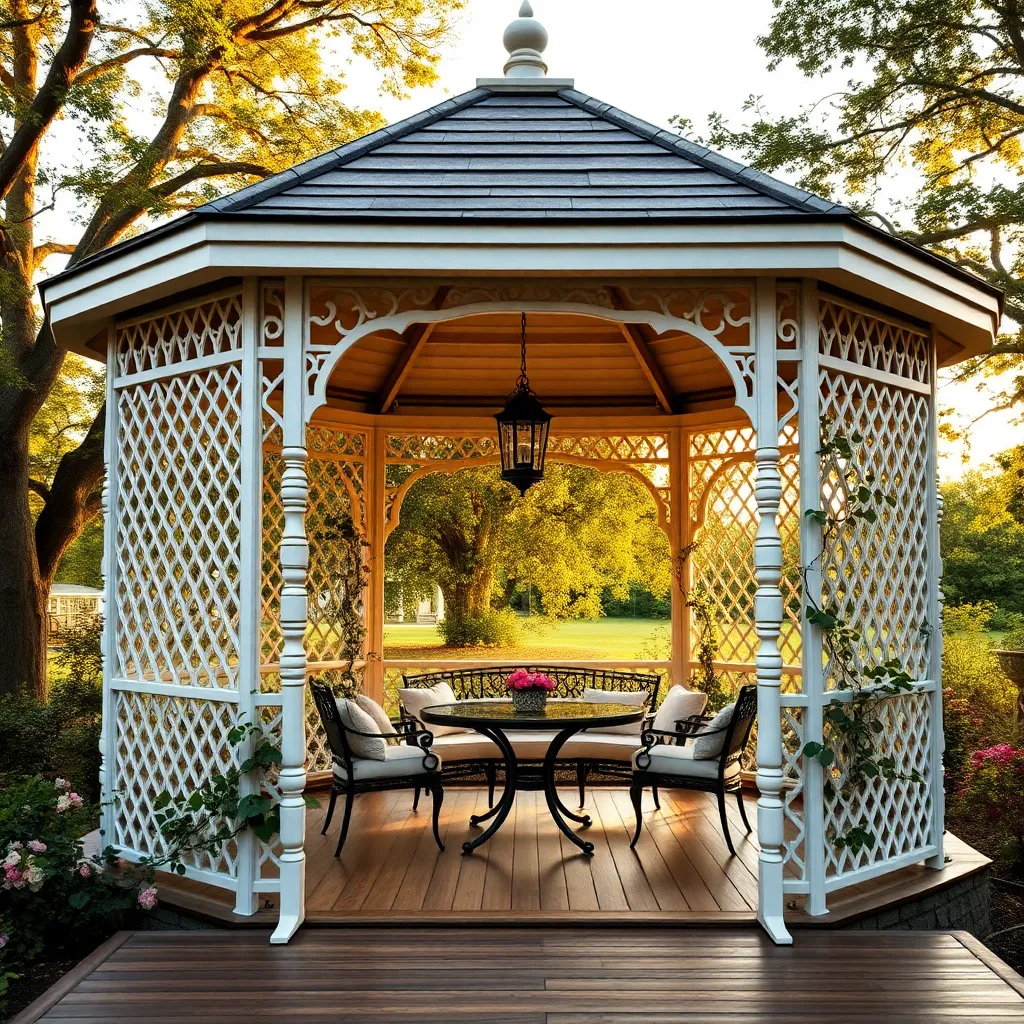
Victorian-style gazebos bring a timeless elegance to any backyard with their intricate woodwork and decorative spindles. For a durable and authentic look, choose weather-resistant hardwoods like teak or mahogany, and consider adding detailed fretwork and turned posts to capture the classic Victorian charm. A typical size of 10 to 12 feet in diameter offers ample space for seating while maintaining an intimate atmosphere.
To enhance both beauty and functionality, incorporate arched windows or lace-like trim around the roofline, and use a multi-faceted roof design with a pointed finial on top. For advanced DIYers, painting your gazebo in soft pastel tones with contrasting white accents can highlight the ornate details and create a striking focal point. Don’t forget to seal all wood surfaces with a high-quality exterior varnish to protect against moisture and UV damage year-round.
Compact Gazebos for Small Yards
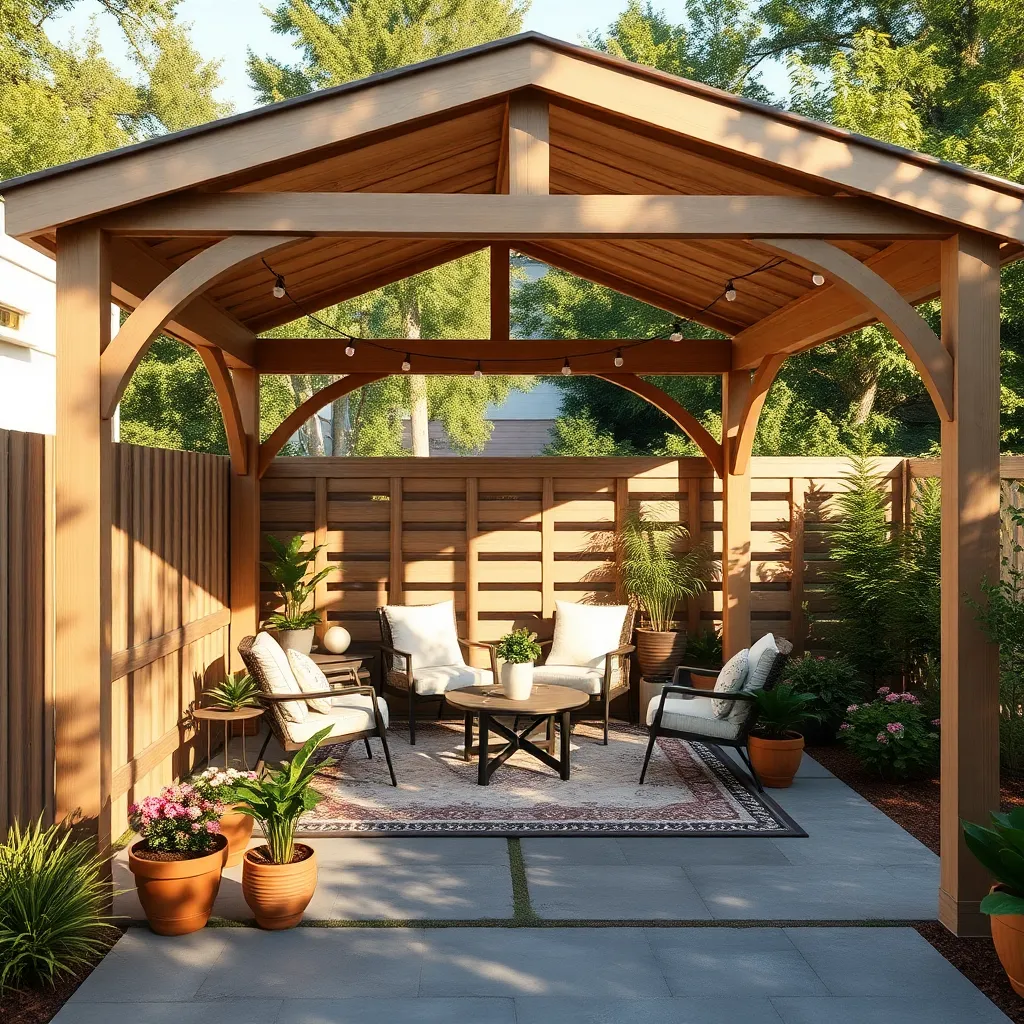
For small yards, compact gazebos offer an excellent way to add charm without overwhelming your outdoor space. Choose materials like cedar or aluminum for durability and low maintenance, and consider a footprint around 6×6 to 8×8 feet to maximize usability while preserving garden flow. Incorporate open sides or removable panels to maintain an airy feel, and position the gazebo near a garden bed or pathway to create a cozy focal point.
To enhance functionality in limited spaces, focus on multi-purpose design elements such as built-in seating or foldable furniture inside the gazebo. Use lightweight roofing materials like polycarbonate panels that allow natural light while providing weather protection. For advanced customization, install retractable screens or solar-powered LED lights to extend usability into the evening, making your compact gazebo a practical, inviting retreat all year round.
Open-Air Gazebo Concepts
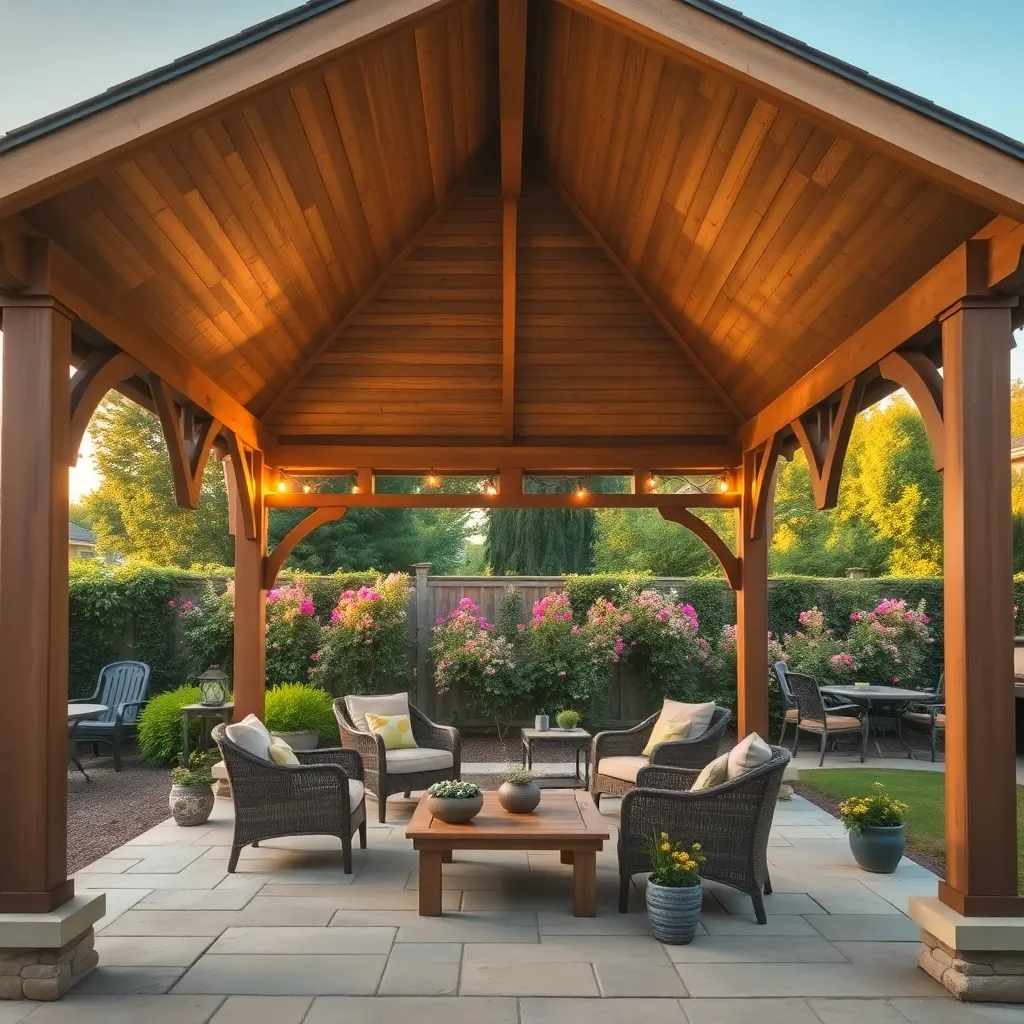
Open-air gazebos offer a seamless way to enjoy your backyard’s natural beauty while providing shelter from direct sunlight. For a durable structure, consider using weather-resistant materials like cedar or pressure-treated pine, which withstand moisture and pests well. Incorporate wide, open sides with optional roll-down mesh screens to maintain airflow and keep insects at bay, making the space comfortable during warmer months.
To elevate functionality, focus on a roof design that balances coverage with openness—a pitched or hip roof with exposed beams adds visual interest and allows rain to run off efficiently. For advanced customization, think about integrating built-in seating or modular planters along the perimeter, which can enhance both comfort and aesthetics. Aim for dimensions around 12×12 feet or larger to create a versatile gathering spot without overwhelming your yard.
Enclosed Gazebo Options for Privacy
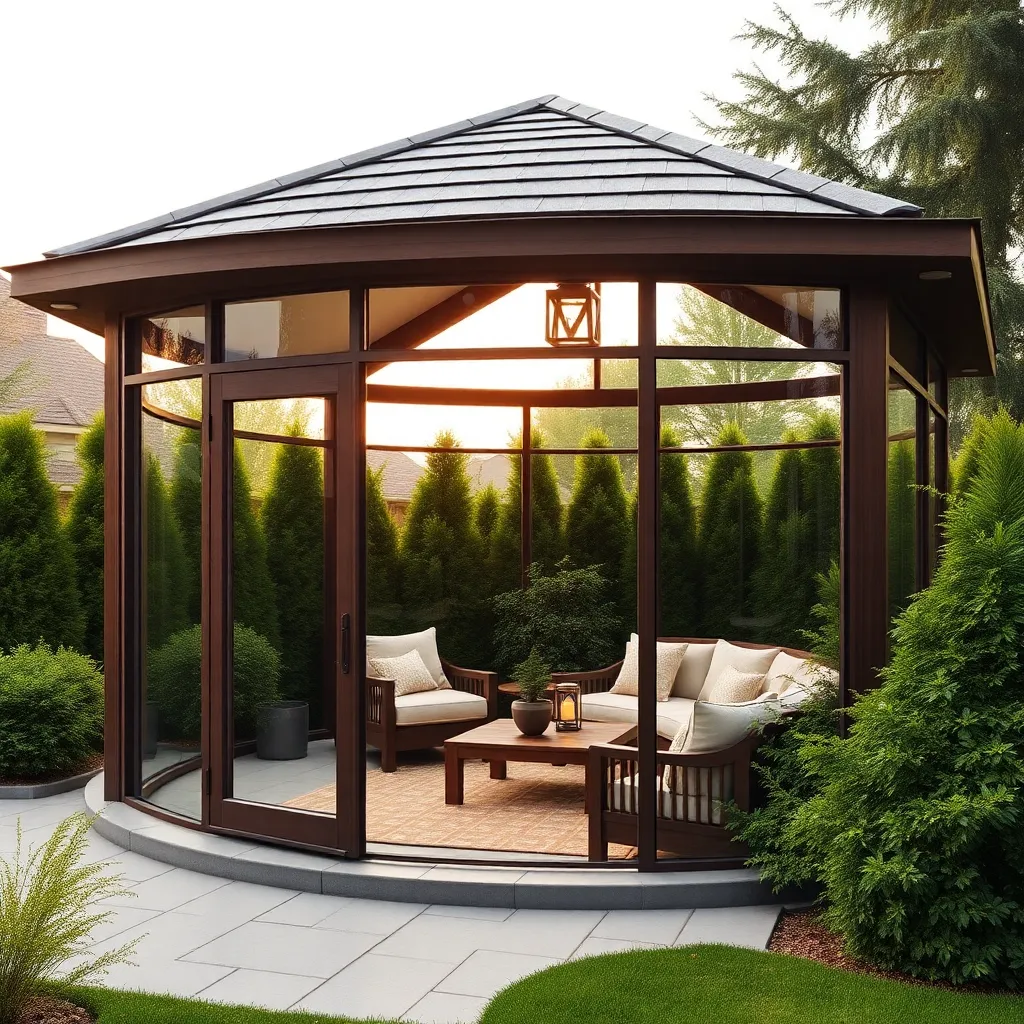
For an enclosed gazebo that maximizes privacy, consider using
To enhance privacy without sacrificing charm, focus on design elements such as
Incorporating Built-In Seating
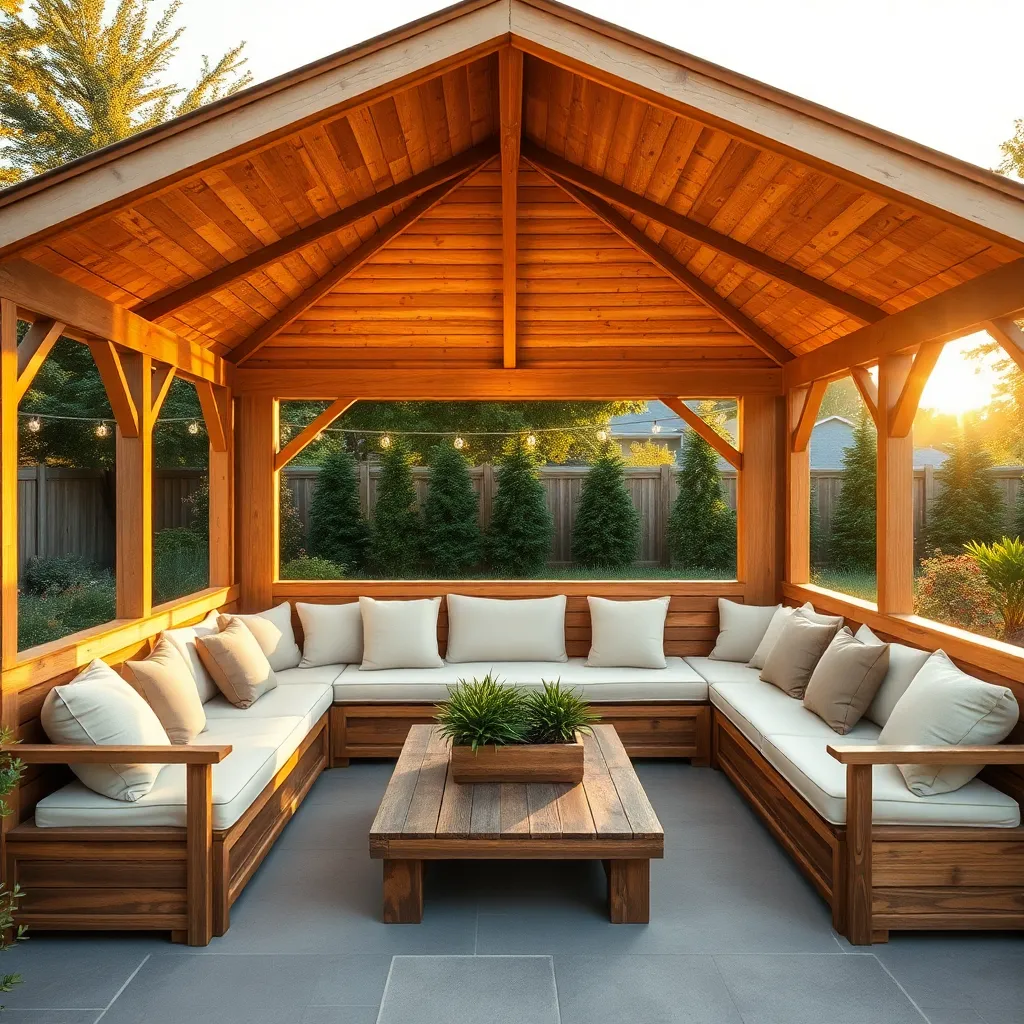
Incorporating built-in seating into your backyard gazebo not only maximizes space but also creates a cozy, inviting atmosphere. Opt for durable materials like cedar or teak for frames, paired with weather-resistant cushions to ensure longevity and comfort. For a seamless look, consider integrating storage benches beneath the seating to keep cushions and outdoor essentials protected and organized.
When designing built-in benches, keep practical dimensions in mind: a seat height of 18 inches and a depth of 16-20 inches typically provide optimal comfort. Advanced tips include adding angled backrests for support and using galvanized screws or stainless steel fasteners to prevent rust. Additionally, incorporating planter boxes at the ends of benches can enhance aesthetics while adding greenery to your outdoor shelter.
Adding Decorative Lighting Features
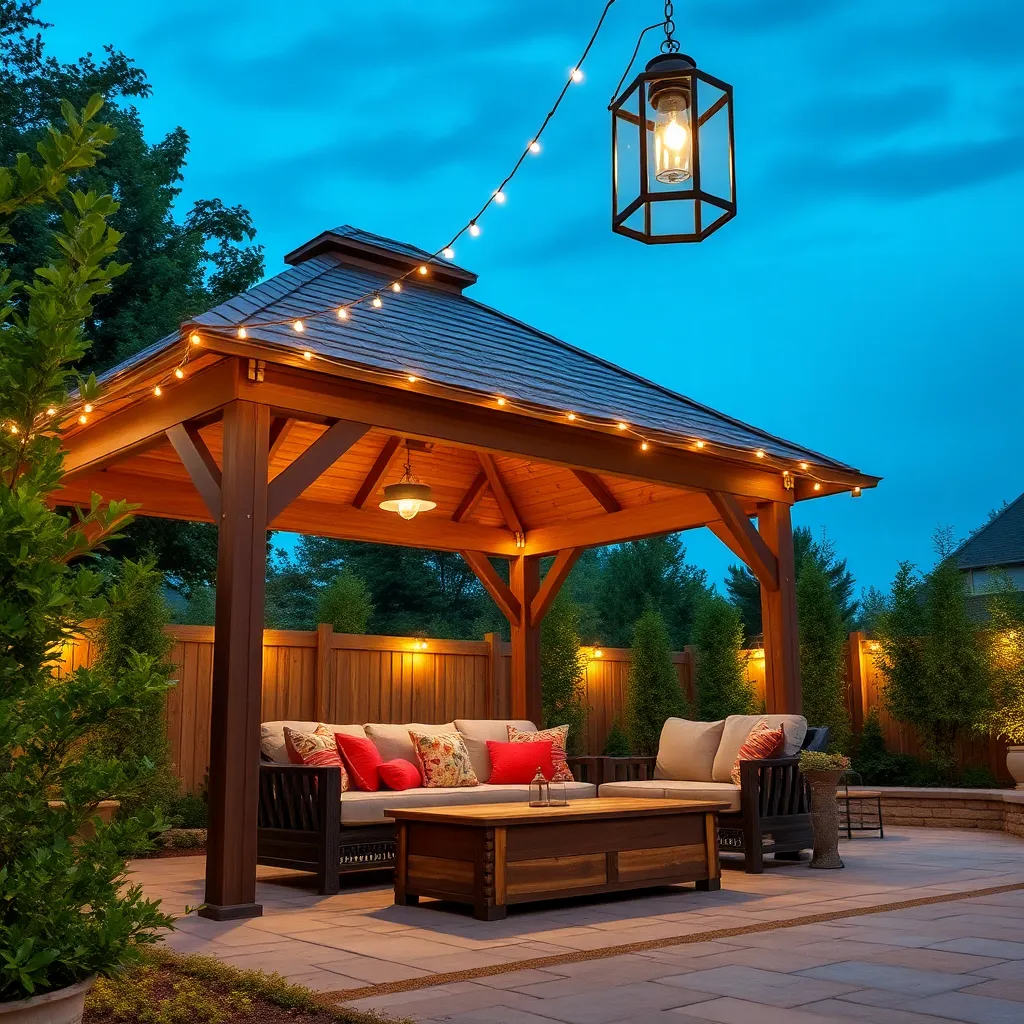
Enhance your gazebo’s ambiance by incorporating weather-resistant string lights or LED rope lighting along the roofline or support beams. Opt for warm white or soft yellow bulbs to create a cozy atmosphere, and choose waterproof fixtures rated for outdoor use to ensure durability through all seasons. For a more advanced touch, install dimmable lights with a remote control or smart home integration to easily adjust brightness depending on the occasion.
Consider adding solar-powered lanterns or hanging pendant lights for an eco-friendly and convenient lighting solution that requires minimal wiring. When placing fixtures, ensure they are evenly spaced and securely fastened to avoid movement in wind. For a stylish upgrade, combine multiple lighting types—such as fairy lights wrapped around columns paired with recessed LED spotlights in the floor—to highlight architectural features and create layered illumination.
Integrating Plant Life and Vines
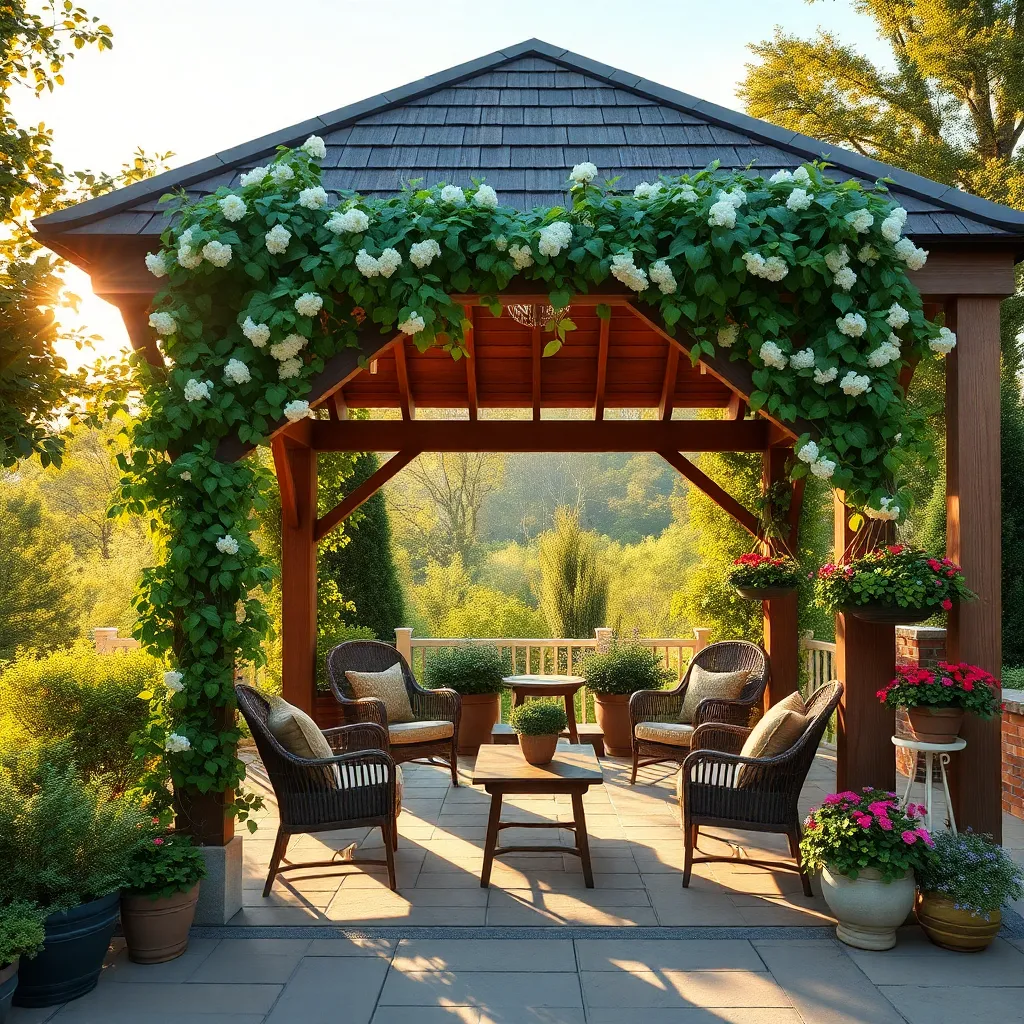
Incorporating climbing plants and vines into your backyard gazebo design enriches both aesthetics and functionality. Start by installing sturdy trellises or wire grids on the gazebo’s posts or beams, using weather-resistant materials like galvanized steel or powder-coated aluminum for durability. Choose fast-growing, low-maintenance vines such as clematis, honeysuckle, or climbing hydrangea to provide natural shade and privacy while adding vibrant greenery and seasonal blooms.
To ensure healthy growth and easy maintenance, regularly train vines by gently tying new shoots to the support structure with soft garden ties, and prune to control size and shape. For advanced gardeners, consider integrating a drip irrigation system hidden along the trellis to keep vines hydrated without manual watering. This combination of thoughtful design and practical care transforms your gazebo into a charming, living retreat that blends seamlessly with your garden.
Multi-Functional Gazebo Uses
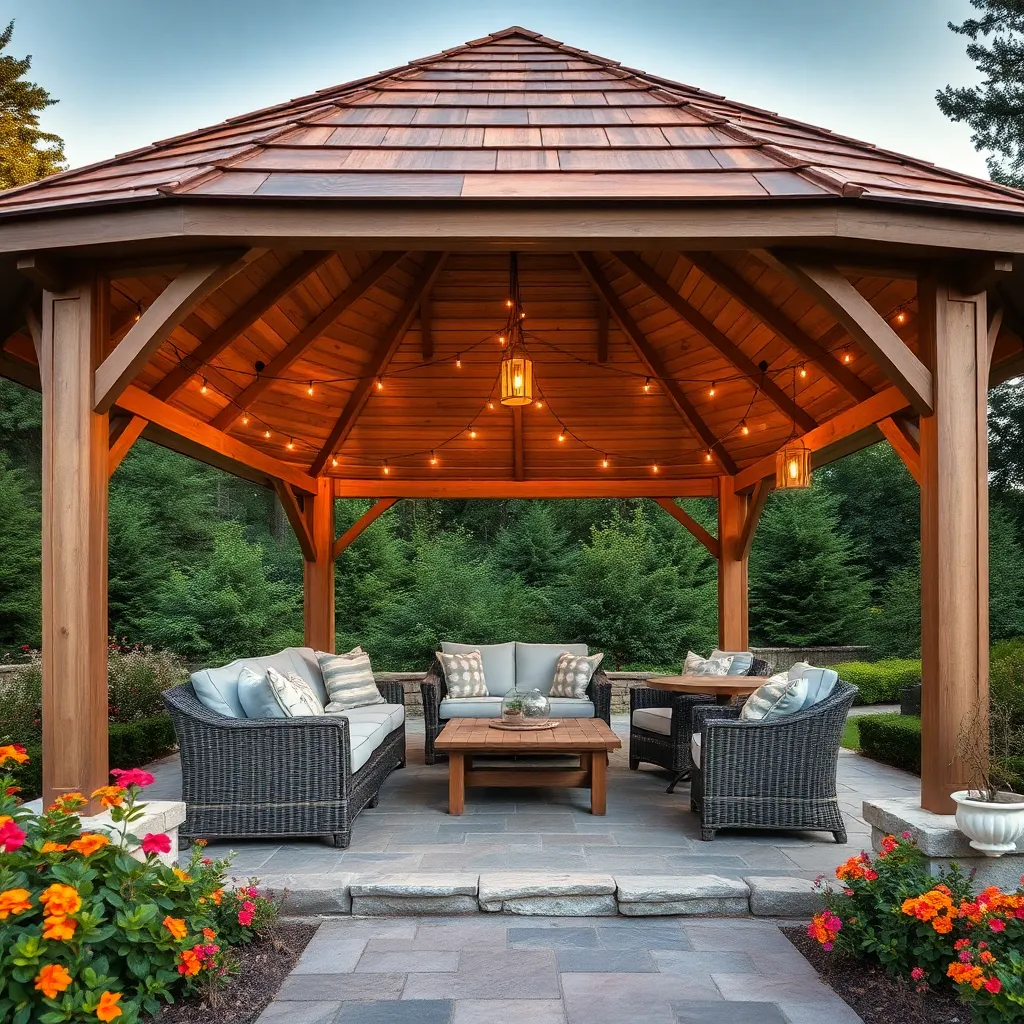
Transform your gazebo into a truly multi-functional outdoor space by incorporating modular furniture and adjustable features. Using weather-resistant materials like aluminum or teak for seating ensures durability, while adding retractable screens or curtains provides shade and insect protection, making the space perfect for dining, relaxing, or even outdoor work. Beginners can start with simple foldable chairs and a sturdy table, while advanced users might install built-in benches with storage to maximize functionality.
Consider customizing the gazebo’s design to suit diverse uses by integrating practical elements such as overhead lighting, ceiling fans, or mounted speakers for comfort and ambiance. Opt for a structure with a solid roof and open sides to allow airflow but protect against rain, and use materials like polycarbonate panels or metal roofing for long-lasting shelter. For those with carpentry skills, adding hooks or shelves for hanging plants and tools can further enhance the space’s versatility and charm.
Maintenance Tips to Preserve Charm
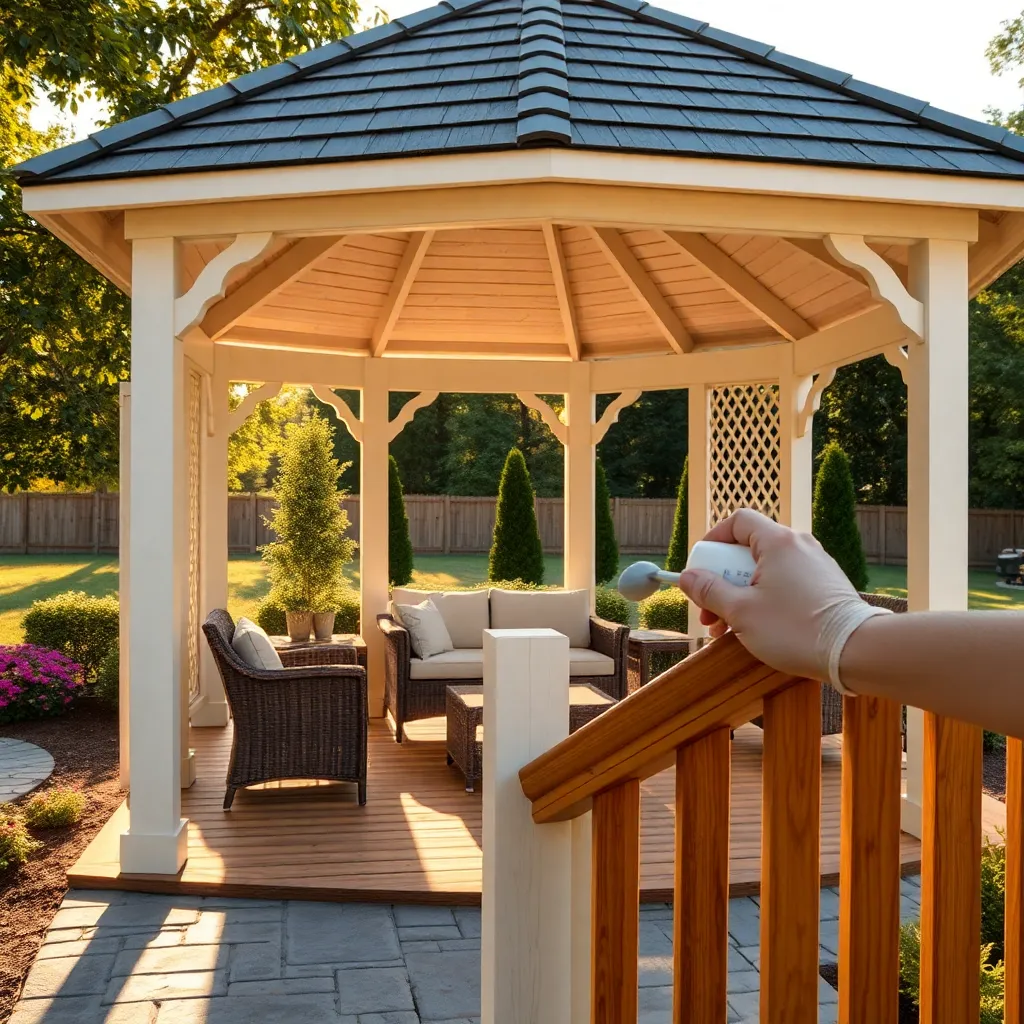
Regular upkeep is essential to preserve the charm and durability of your backyard gazebo. Start by inspecting wooden structures annually for signs of rot or insect damage, then apply a high-quality exterior sealant or stain every 2-3 years to protect against moisture and UV rays. For metal gazebos, check for rust spots and treat them promptly with rust-inhibiting paint to prevent corrosion and extend the life of your shelter.
Consider these practical maintenance tips for lasting beauty:
- Clean the roof and gutters seasonally to avoid debris buildup.
- Trim nearby plants to prevent moisture buildup and reduce pest intrusion.
- Use weather-resistant cushions and fabrics designed for outdoor use to keep seating areas fresh.
- Ensure proper drainage around the base by grading the ground or adding gravel to avoid water pooling.
These simple steps will keep your gazebo looking inviting and structurally sound year-round.
Conclusion: Creating Beautiful Outdoor Spaces
Creating a backyard gazebo is more than just enhancing your outdoor space—it’s about building a charming retreat that fosters connection, relaxation, and memorable moments. From classic wooden frames to modern minimalist designs, cozy lighting options to multipurpose layouts, the 12 gazebo ideas we explored offer something for every style and relationship need. Each design invites you to create a welcoming environment where meaningful conversations and shared experiences can flourish.
Your next step? Choose one design that resonates with you and start sketching out how it could fit into your backyard. Even small changes can inspire big moments of togetherness.
Be sure to save or bookmark this article—it’s a treasure trove of inspiration you’ll want to revisit as your space and relationship grow. Remember, nurturing your relationship environment is a powerful step toward lasting joy and harmony. By creating a special place to connect, you’re investing in the heart of your relationship’s future. Here’s to building beautiful spaces and even more beautiful bonds!

